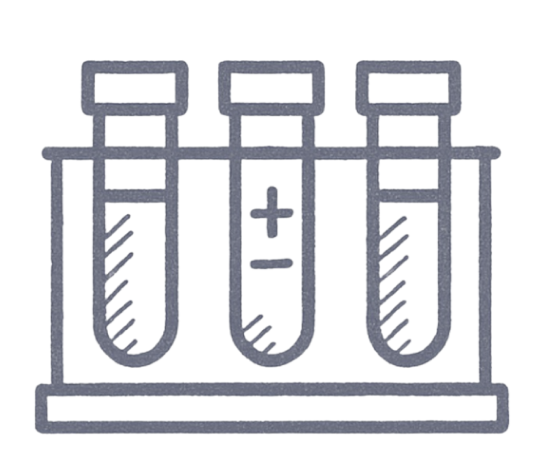Pancrestic
Exo & Endocrinopathy
The PERT network unites experts, patients, and communities to advance research, education, and care for pancreatogenic disorders—starting with our flagship program, T3cDM.
Core pillars of PERT
1.
Advance Research
Fund and coordinate multidisciplinary studies on exocrine–endocrine interplay.
2.
Empower Clinicians
Provide CME, diagnostic tools, and collaborative networks for accurate diagnosis.
3.
Support Patients
Connect patients and families through peer forums, resources, and outreach.
Flagship Initiative: Type 3c Diabetes (T3cDM)
Problem
Chronic pancreatic damage often masquerades as Type 2 diabetes.
Solution
T3cDM combines education, screening tools, and patient advocacy to close the diagnosis gap.
T3cDM is frequently misclassified as Type 2 diabetes because blood sugar derangements look similar on simple labs. Yet the underlying cause and management differ, especially when diabetes follows:
-
Chronic Pancreatitis: Long-term inflammation and fibrosis gradually destroy both exocrine (enzyme-producing) and endocrine (insulin-producing) cells.
-
Acute Pancreatic Necrosis (APN): A severe acute episode (often “severe acute pancreatitis” with necrosis) can irreversibly damage islet cells; diabetes may appear weeks to years after recovery.
-
Other causes: Cystic fibrosis, pancreatic surgery, pancreatic cancer, haemochromatosis.
LADA: The Overlooked Autoimmune Diabetes
🩺 What Is LADA (Type 1.5 Diabetes)?
Latent Autoimmune Diabetes in Adults (LADA), sometimes referred to as Type 1.5 diabetes, is a form of autoimmune diabetes that begins in adulthood and progresses more slowly than classic Type 1. It is often misdiagnosed as Type 2 diabetes, especially early on, because patients may not require insulin at first.
🔬 Pathophysiology
LADA shares features with both Type 1 and Type 2 diabetes:
-
Autoimmune origin: Like Type 1, the immune system attacks insulin-producing β-cells.
-
Gradual onset: Unlike childhood-onset Type 1, β-cell destruction is slower, leading to delayed insulin dependence.
-
Adult diagnosis: Typically appears after age 30.
Because of this overlap, LADA is sometimes referred to as “Type 1.5.”
Empowering Patients & Community:
Our Mission
To advance the understanding, diagnosis, and treatment of pancreatogenic (Type 3c) diabetes and other exocrine-endocrine disorders. 9% of diabetes cases may be Type 3c, yet under 1% are correctly diagnosed.
Our Goals
Launch
groundbreaking
research projects.
Educate 500
physicians on
better diagnostics.
Build a community
of 10,000 patients
and advocates.
Our Commitment
Transparency, collaboration, and innovation in pancreatic health.
How You Can Help from Day One
Join the
Mailing List
Get early updates and first access to resources.
Volunteer as
an Advocate
Help spread the word in your community.
Donate to Kickstart
Research:
Fund the first major study on Type 3c diagnostics.
Share Our
Mission:
Social share buttons with impactful pre-written posts.



